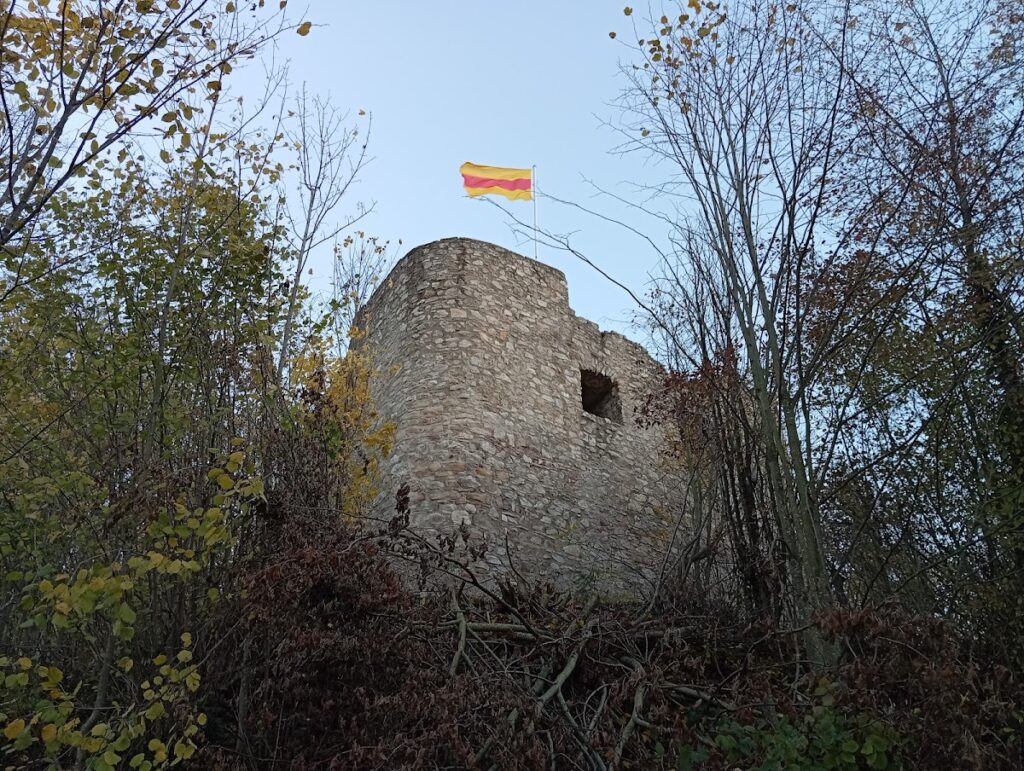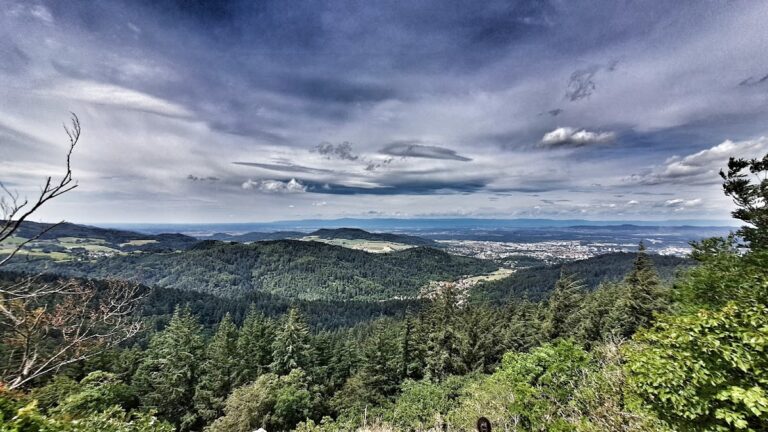Burg Neuenfels: A Medieval Noble Residence Near Müllheim, Germany
Visitor Information
Google Rating: 4.5
Popularity: Low
Google Maps: View on Google Maps
Official Website: de.wikipedia.org
Country: Germany
Civilization: Unclassified
Remains: Military
History
Burg Neuenfels is a ruined noble residence located near Müllheim in what is now Germany. The castle was built by a Germanic noble family, the Lords of Neuenfels, who established their seat here in the early 14th century.
The origins of Burg Neuenfels trace back to around 1300, when the Lords of Neuenfels are believed to have constructed the castle as a private residence. The family first appears in historical records in 1303 as residents of the nearby town of Neuenburg. A clear mention of the castle itself dates to 1343, confirming its presence and use during the mid-1300s. Throughout this period, the castle remained a manor home rather than a military fortress. The Neuenfels family played significant administrative roles in the region, serving as local officials such as bailiffs and stewards. Despite these positions, they did not amass great wealth.
In 1346, a major change occurred when the Neuenfels family sold the castle to Count Imer of Strassberg, the lord of Badenweiler. Despite the sale, the family continued to hold the castle as a fief, thus becoming vassals under the Badenweiler lordship. This relationship marked a shift in the castle’s ownership while preserving the family’s residence there.
The castle’s decline began in the 16th century. The last known member of the family, Christoph von Neuenfels, sold the surrounding forest in 1538 and relocated to Freiburg. He died in 1550, and after his departure, the castle was deserted and gradually fell into ruin.
Over the centuries, the site became entwined with local folklore, including a 16th-century moritat—a type of ballad recounting eerie stories—about the sudden and mysterious deaths of the noble family and their servants. Another enduring tale is the legend of the “White Lady,” a ghostly figure said to haunt the ruins, which has even inspired a historical novel exploring these stories.
Remains
Burg Neuenfels was constructed as a spur castle, a type of fortress built on a natural promontory to take advantage of steep terrain for defense. Situated on a 595-meter-high hill near Badenweiler but within the territory of Britzingen, the castle stands protected on three sides by sharp slopes. Access was possible only from the eastern side through a deep ditch carved into the terrain, known as a neck ditch, which served as a defensive barrier.
The castle’s layout was rectangular with rounded corners, measuring about 30 meters long by 9 meters wide. Unlike many medieval castles, Burg Neuenfels did not include a bergfried, or central keep tower. Instead, its defensive strength lay in its thick stone walls, generally more than two meters wide. The eastern walls, thought to be the most vulnerable, were specially reinforced with a wedge-shaped construction reaching up to 4.5 meters thick, enhancing protection at the approach.
Constructed primarily from stone, the castle’s surviving elements include sections of the curtain walls and the neck ditch. Some wall fragments stand preserved up to 12 meters tall, providing a striking glimpse of the original structure’s height and solidity. Though much of the castle has crumbled, these substantial remnants attest to the careful engineering of the medieval builders.
A restored viewing platform has been added to the remains of the battlements, allowing visitors a panoramic outlook over the surrounding Markgräflerland region. From here, it is possible to see nearby landmarks such as Badenweiler Castle and the Blauen mountain, connecting the site visually with its historical landscape.
The visible features and ongoing conservation efforts underline Burg Neuenfels as a significant medieval estate, reflecting its residential rather than military role while offering insights into local noble life and regional history.










